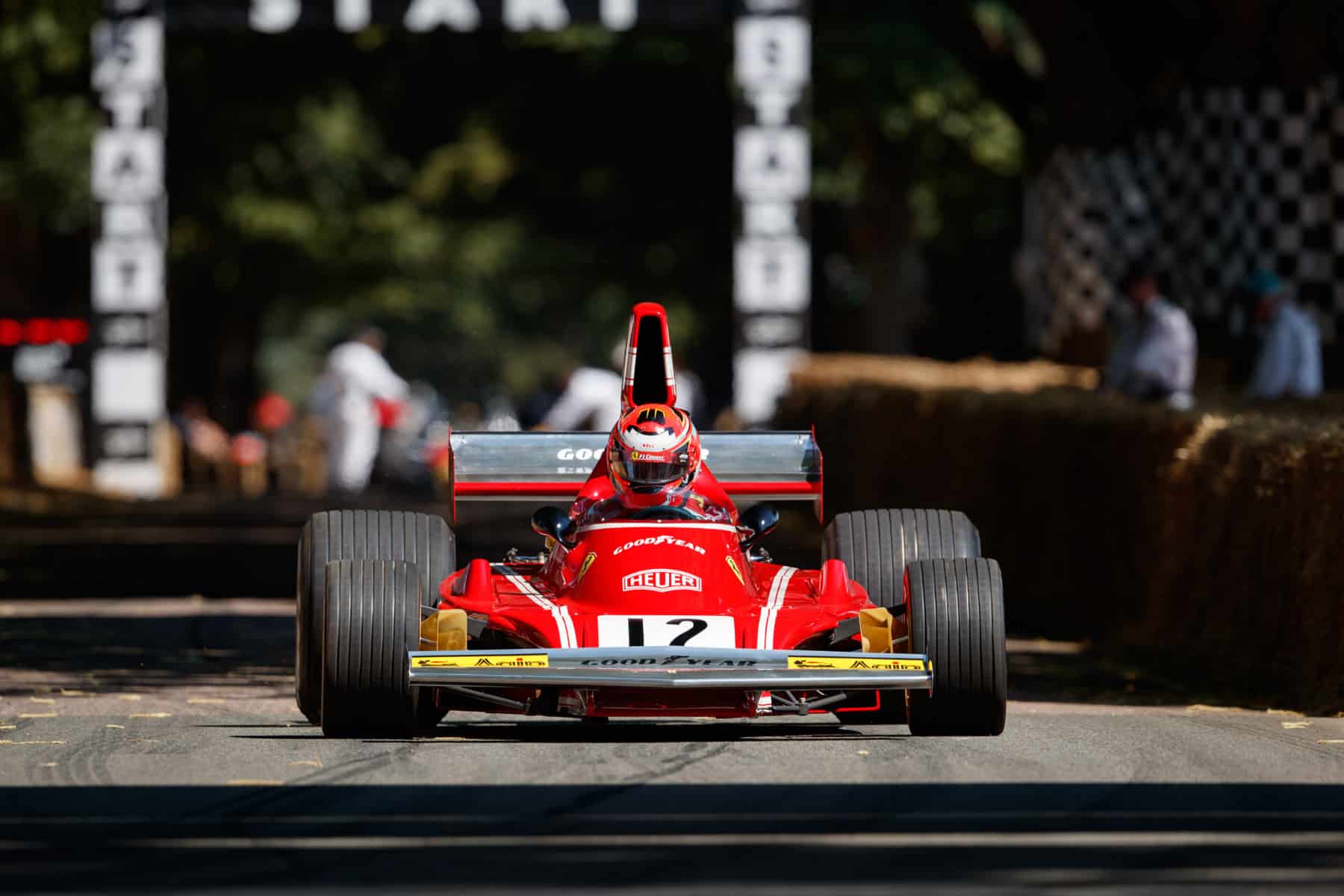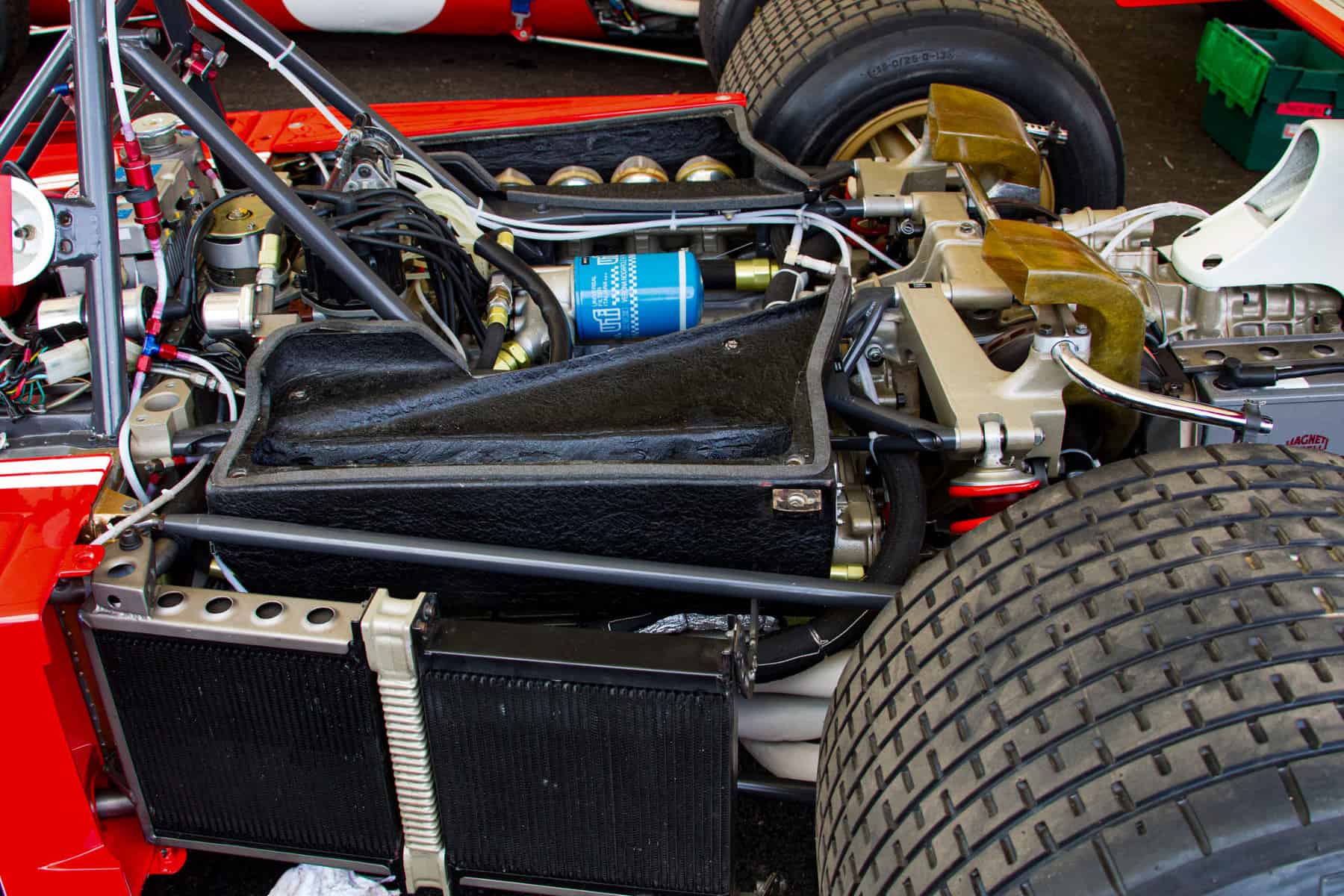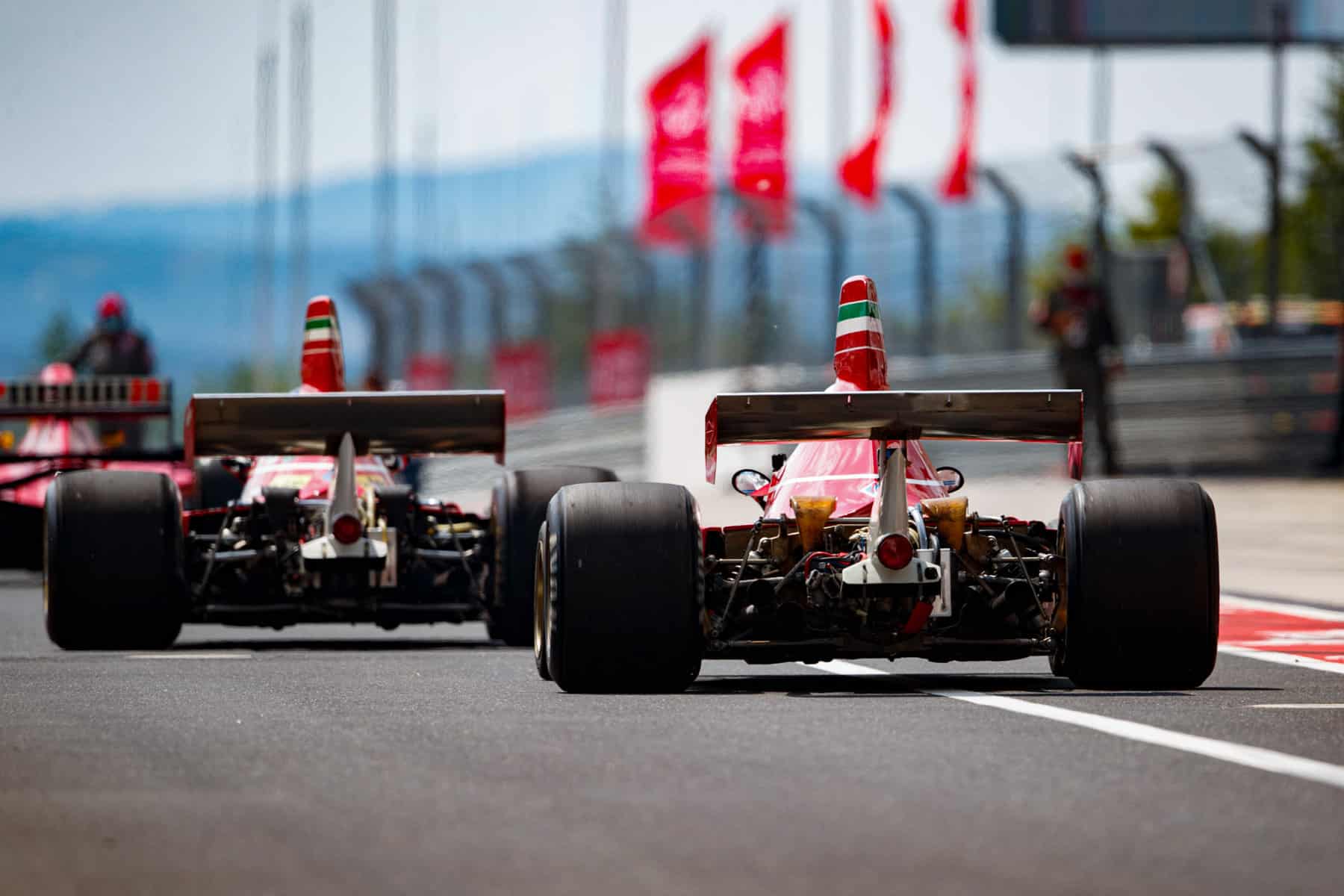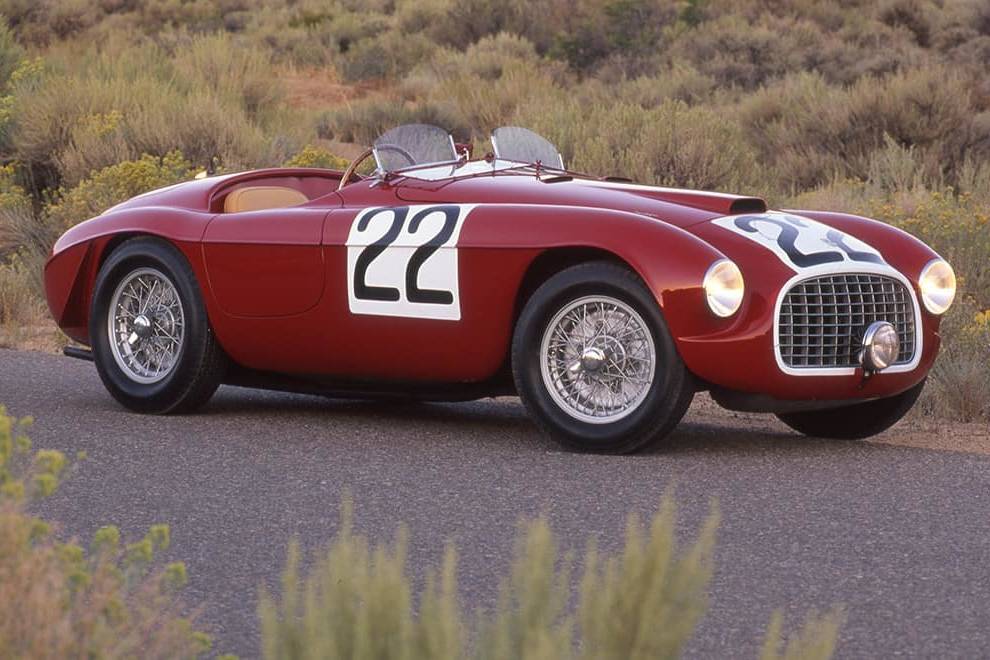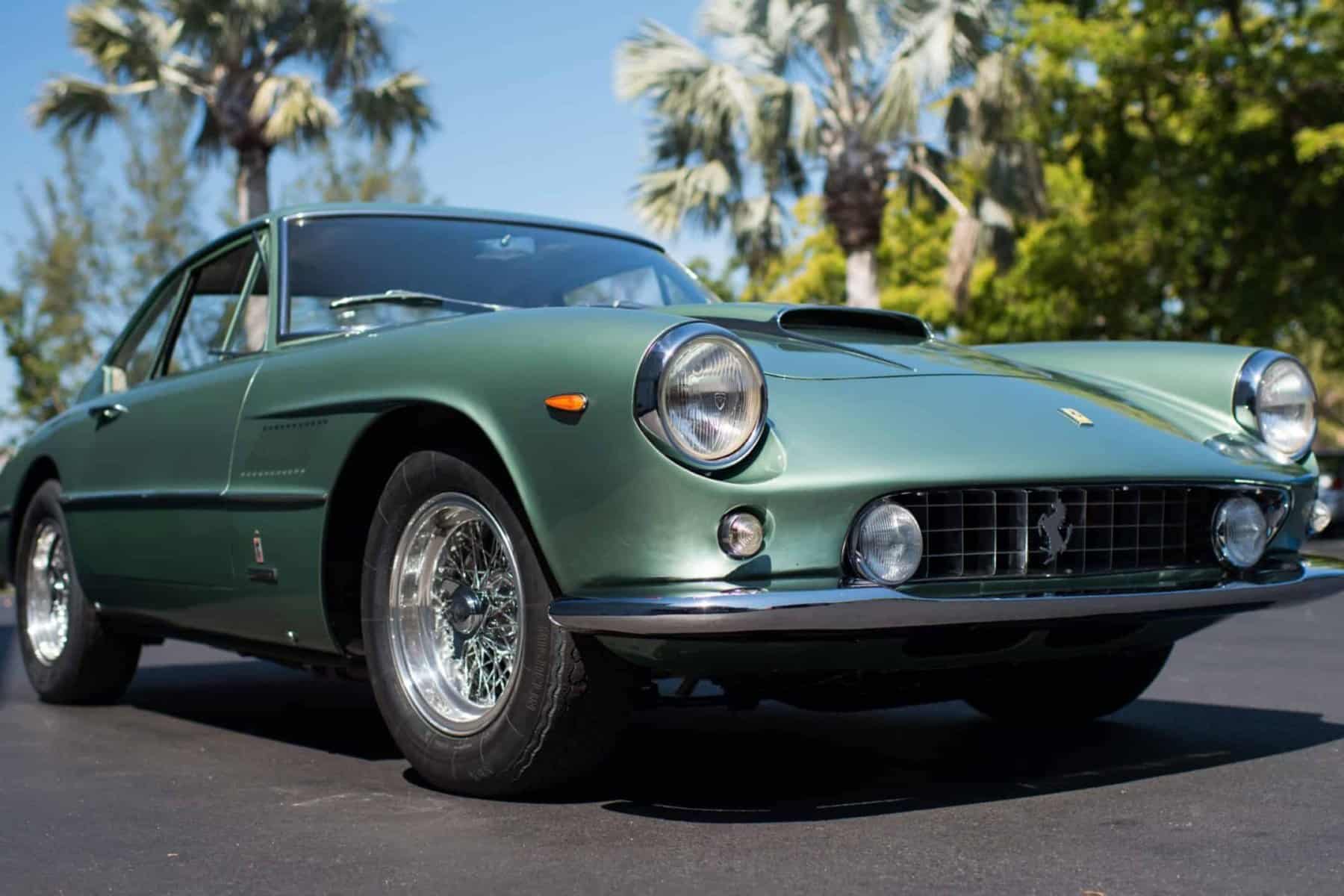Ferrari 312 B3
How torment, trial, and error built a great race team
BY: WOUTER MELISSEN
Enzo Ferrari was a great many things, but easy to work for he was not. He did not take defeat on the track very well and was always on the lookout for one of his men to blame.
Among the longest suffering yet perhaps most successful of these men was the hugely talented engineer Mauro Forghieri. He was promoted to the position of chief engineer after the “palace revolt” of 1961, when he was just twenty-six and had joined the company as an intern less than two years earlier.
Illustrative of the intrigue that surrounded Ferrari, this particular incident saw all high-ranking engineers walk out of the company in a year that the Scuderia had won the Formula 1 World Championship, the 24 Hours of Le Mans, and the World Sports Car Championship. During his nearly three decades at Ferrari, Forghieri soldiered on during years that were considerably worse.
One of the first jobs Forghieri had in his new role was to further refine Ferrari’s new-for-1962 GT racer, the 250 GTO. In the following years, he was responsible for many great designs that included the fabulous 1.5-liter, flat-12 Formula 1 engine used in 1964 and the achingly beautiful 330 P4 sports racer. He was keen to push the envelope a lot further than Enzo Ferrari was usually comfortable with, which must have led to quite a few confrontations. Perhaps the best example of Forghieri’s struggles was the Ferrari 312 B3, a name used for three distinctly different Grand Prix cars built between 1972 and 1974. The first was the most radical and was not surprisingly the work of Forghieri himself. After his first test with the car late in 1972, factory driver Jacky Ickx famously said it was barely good enough to mow the lawn. Enzo Ferrari took note and Forghieri was put on exile from the Formula 1 program.
For Ferrari, the disappointing test session of the first 312 B3 had been the final straw after two disappointing seasons. The expectations had been very high after Jacky Ickx had finished second in the 1970 World Championship. That year, Ferrari used the all-new 312 B, which had of course been designed by Forghieri. It was powered by a 3.0-liter version of his flat-12. This engine had a very low center of gravity and was also very powerful. During the 1970 season, the performance of Forghieri’s engine masked the shortcomings in chassis design and aerodynamics. In 1971 and 1972, the ever conservative Ferrari commissioned evolutions of the design that had proven successful in 1970 instead of addressing the underlying issues. Forghieri tried to bridge the gap with the likes of Tyrrell and Lotus with the original 312 B3.

The 312 B2 used during the 1972 season still had at least one foot firmly in the 1960s. It still had the classic cigar shape with a single, front-mounted radiator and narrow cockpit. The chassis itself was still of a tubular spaceframe design with aluminum sheets riveted on to add some rigidity. The British teams had made considerable steps, with much of the pioneering work done by Lotus. In 1962, Colin Chapman had done away with the spaceframe and switched to a monocoque chassis that used the aluminum sheets as fully stressed components of the chassis. The Type 72 Lotus of 1970 set the mold for the modern Grand Prix car by moving the radiators next to the cockpit in what would be known as “side pods.” This not only improved the weight balance of the car but also had an aerodynamics advantage, as a full-width front wing could be fitted.
Forghieri realized that another evolution would definitely not suffice, so he set about to create a Formula 1 racer with what was a clean sheet, especially to Ferrari standards. Since there were no immediate means available to really start from scratch, Forghieri carried over the reinforced spaceframe chassis. Instead of the single, front-mounted radiator, the B3 had a radiator on either side of the cockpit. A full-width front wing was fitted with two large intakes that fed the air to the radiators through the front suspension and the long side pods. Courtesy of the shape of the nose, the car received the nickname Spazzaneve, or snowplow. The front suspension featured hand-welded top rockers that were connected in a special way, directly to the in-board mounted springs and dampers. Forghieri not only concentrated most of the weight within the wheelbase to improve the balance, he also made the B3 as compact as possible. Perhaps it was the very short wheelbase that put Ickx off and prompted Ferrari to set the design aside.
With Forghieri “promoted” to Ferrari’s experimental department, the task of designing the Italian company’s new Grand Prix car was entrusted to Sandro Colombo. Realizing how contentious the situation was, Colombo took few risks and produced another evolution of the classic design, which was also dubbed the 312 B3. There was one crucial difference due to changes in the side-impact regulations that made a full monocoque all but mandatory. The construction of the new cars was affected by labor unrest, which prompted Colombo to outsource the actual assembly of the monocoque chassis to specialist John Thompson and his company TC Prototypes in the UK. The addition of the side-impact structures on either side of the cockpit meant that the chassis of the new car was considerably wider than before. This additional width was not used for side pods as had been the case on the Spazzaneve — Colombo’s B3 still featured a single, front-mounted radiator.
The 1973 season kicked off with three fly-away rounds in South America and South Africa. For these events, the Scuderia Ferrari brought modified versions of the 312 B2 for Jacky Ickx and Arturo Merzario to race. They did relatively well and both scored points in two of the three races. The new 312 B3 debuted at the Spanish Grand Prix where a single example was entered for Ickx. He finished a hugely disappointing twelfth and it quickly became clear that the car was by no means a step forward. Ickx soldiered on and halfway through the season finished sixth and fifth in the Swedish and French Grands Prix respectively. A victory seemed further away than ever, which prompted Ferrari to reinstate Forghieri. So desperate was the situation that the team even decided to skip several races. Among them was the German Grand Prix on Ickx’s favorite circuit, the Nürburgring. This prompted the talented Belgian to step away from the team and race for McLaren instead.
Forghieri was very pragmatic following his reinstatement. He did not simply set aside all the work done by Colombo and decided to retain the monocoque chassis. Even though the results in 1973 did not show this, the new chassis was a major step forward. It was lighter and stronger than its spaceframe predecessors. An added advantage was that it used Forghieri’s flat-12 engine as a fully stressed member, which meant no chassis structure was required aft of the cockpit. At the front, there still was a separate subframe onto which the suspension components were mounted. Forghieri lengthened the monocoque to allow for the suspension to be bolted directly to the sheet aluminum chassis as well. Further changes to the chassis itself saw the driver moved slightly forward. During the 1974 season, Forghieri completely revised both the front and rear suspension geometry.
Even though Forghieri had been dismissed for it, he had most definitely not forgotten about the Spazzaneve. Franco Meiners, the current owner of the unique Ferrari, explains: “Thanks to this car, Forghieri understood how to create downforce.” For the 1974 car, Forghieri once again used lateral radiators but as a result of the additional crash structure, the cold air had to be fed through NACA ducts in flanks of the side pods. The snowplow nose was not carried over, as the new design boasted a separate, aerofoil-shaped chrome wing. The rear wing was also chrome plated and mounted on top of the gearbox. Constructed in one piece with the cockpit surround, a tall intake mounted on top of the engine fed fresh air to the latest evolution of the flat-12 engine. Further improved by Forghieri himself, the 3.0-liter unit was now good for 490 hp at a howling 12,500 rpm.
Despite all these changes, the new-for-1974 Grand Prix racer was once again dubbed the 312 B3. Other than the name of the car and the evergreen Forghieri, it was all change at Ferrari at the start of the year. A crucial change in the staff was the addition of the very young Luca di Montezemolo as Scuderia Ferrari’s team manager. His presence provided a much more stable leadership, which allowed the likes of Forghieri to work with a little more freedom. Ickx had left the team voluntarily and the contract of his teammate Merzario was also not renewed. They were replaced by former Scuderia Ferrari driver Clay Regazzoni from Switzerland and the young and talented Niki Lauda from Austria. Both drivers had already raced side-by-side during the 1973 season for BRM.
The third time was certainly a charm for the Ferrari 312 B3. Lauda and Regazzoni debuted the “B3/74” at the season-opening Argentinean Grand Prix. They finished a hugely impressive second and third respectively. While Regazzoni was above all very consistent, it was Lauda who scored Ferrari’s first Grand Prix victory in nearly two years by winning the Spanish Grand Prix. This was also the first race where Ferrari fielded two fresh chassis that had been built in-house. Lauda won again at the Dutch Grand Prix later in the year. Regazzoni was only victorious once, at the German Grand Prix, but scored enough points to clinch the second place in the Driver’s World Championship. Lauda was fourth at the end of the year and their combined efforts saw Ferrari climb from sixth to second in the constructor’s table.
Having all but caught up with the rival teams, Forghieri picked up an age-old Ferrari tradition and produced a further evolution of the existing design. He carried on from the Spazzaneve and concentrated even more weight within the wheelbase of the car by creating a brand-new transverse gearbox. This altogether more subtle change warranted a change in type name to 312 T for trasversale or transverse. It proved to be the missing piece in the puzzle, as Ferrari would have its most dominant period in Formula 1 yet. The Italian team won the constructor’s World Championship in four out of five attempts with the 312 T and its derivatives between 1975 and 1979. During this time, Lauda won the driver’s title twice and a third championship was scored for Ferrari by Jody Scheckter in 1979. A disastrous 1980 season showed a clean sheet was needed once more, which Forghieri was more than happy to fill with his ever-brilliant ideas.
Between the end of 1972 and late 1974, Ferrari produced eight cars using the 312 B3 moniker. The first was the unique Spazzaneve (009) that was tested by Ickx and Merzario but never raced in period. In 1973, three examples (010, 011, and 012) were built around the TC Prototype constructed monocoque chassis. All three were gradually converted into the 1974 configuration after Forghieri returned to the fray. A further three chassis (014, 015, and 016) were built to full 1974 specifications in Italy, which were raced to three wins during that year. One of these was destroyed late in the year and was replaced by a brand-new car to use in the opening races of the 1975 season. As the new 312 Ts were already under construction, it received the out of sequence serial number 020. With the exception of chassis 016, all 312 B3s have survived and apart from the unique Spazzaneve are in the successful 1974 specification.
Together with the key personnel changes ahead of the 1974 season, the difficult gestation period of the 312 B3 and the eventual vindication of engineer Forghieri were just what the doctor ordered for Ferrari. As the B3 evolved between 1972 and 1974, the Scuderia Ferrari was finally turned into a modern Formula 1 team, ready to take on all of its British rivals.
